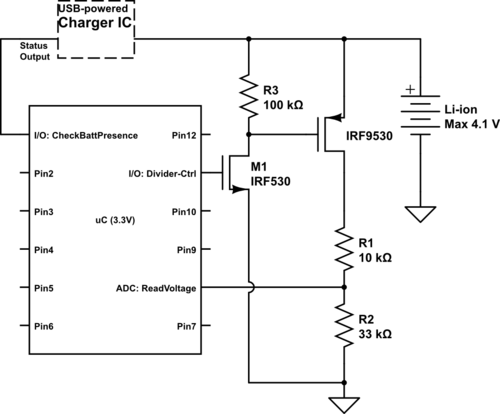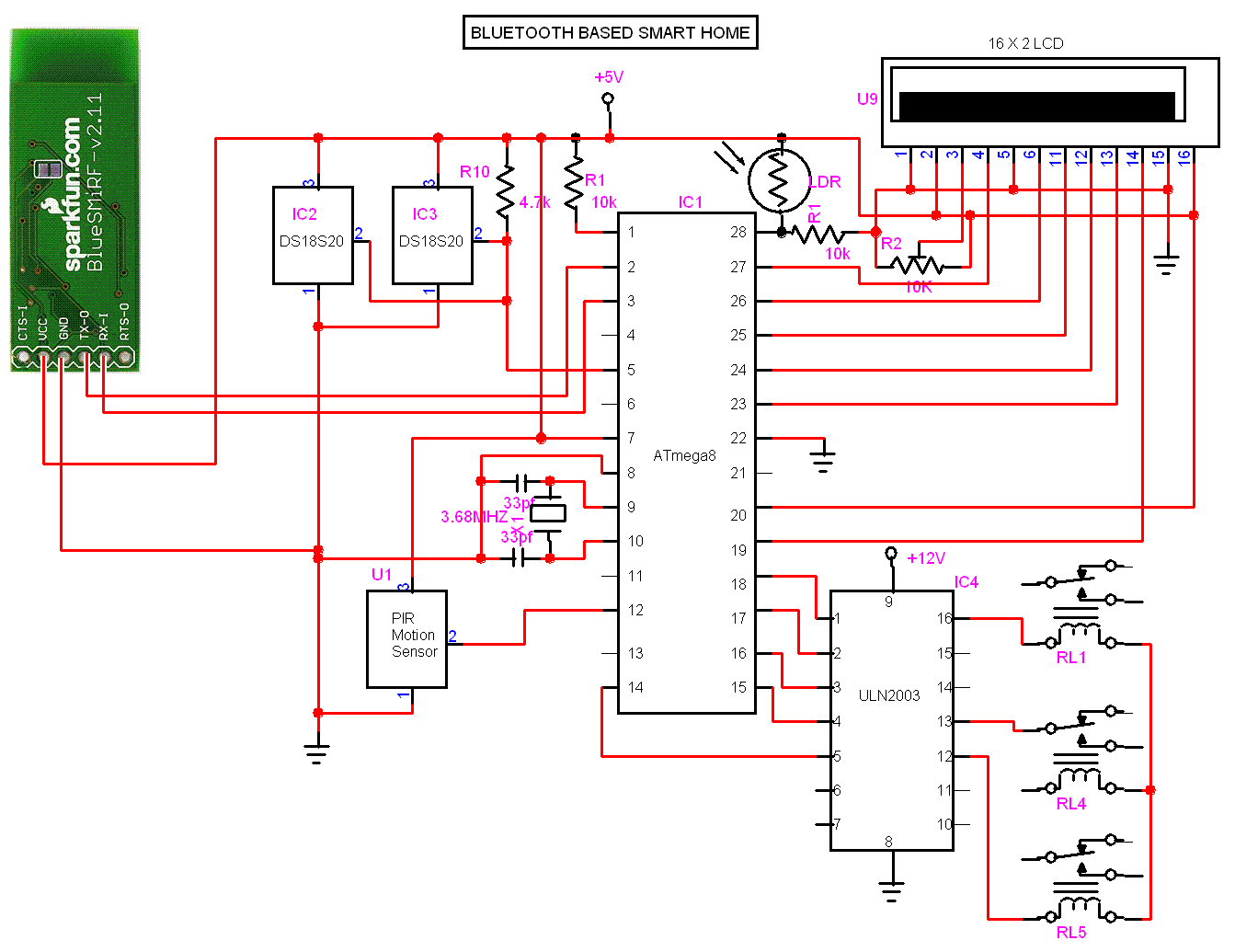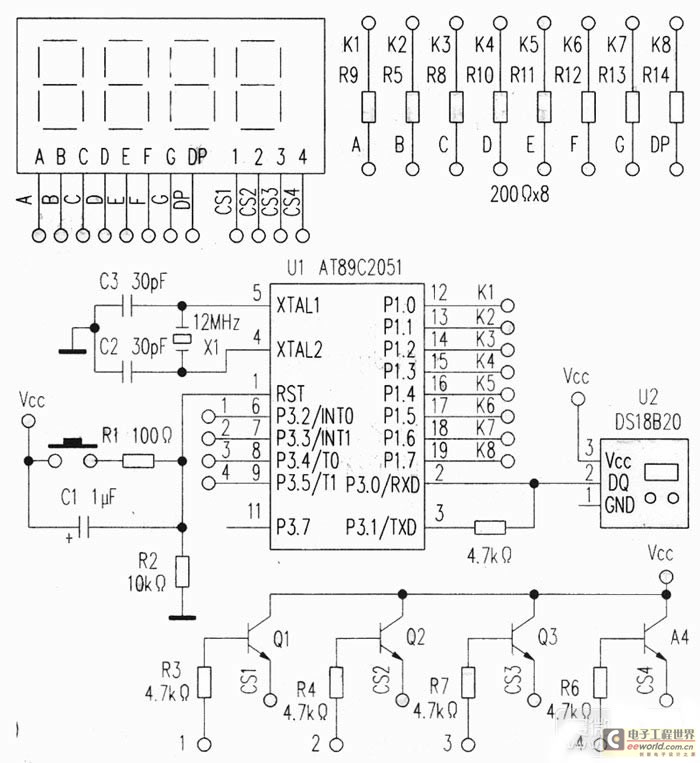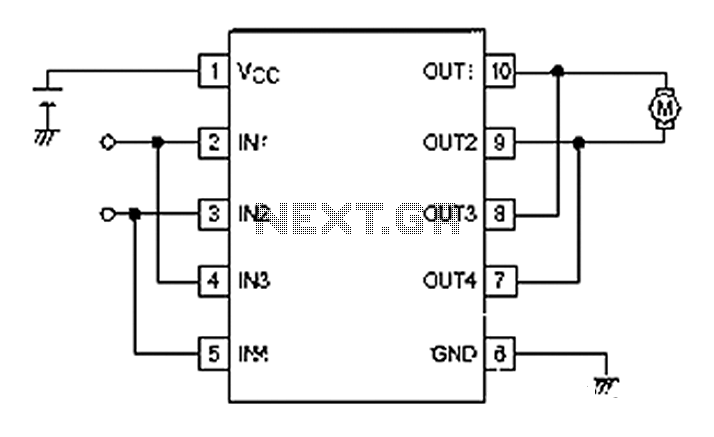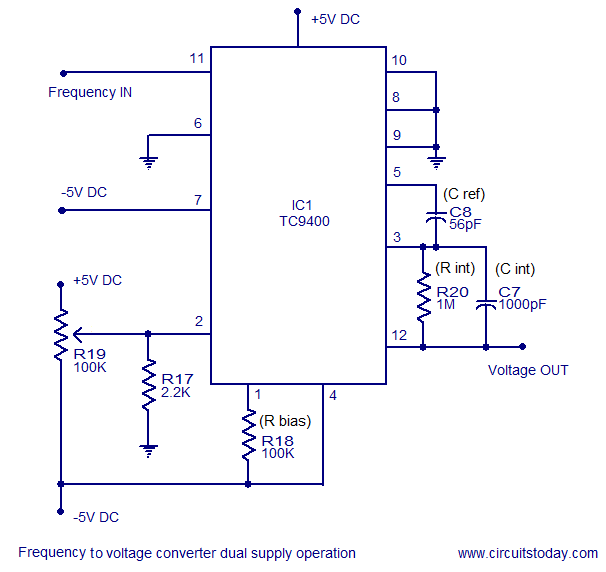
Microcontroller Based Accelerometer
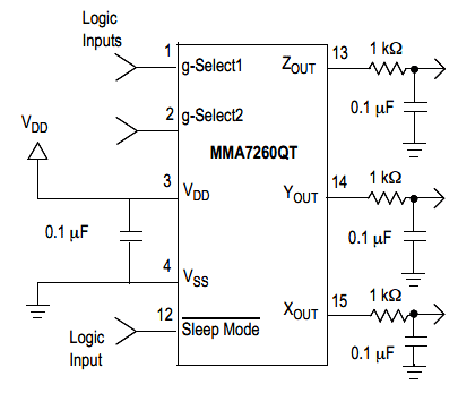
Microcontroller-Based Accelerometer Project. Just as a speedometer is a device that measures speed, an accelerometer is a device that measures acceleration.
The microcontroller-based accelerometer project utilizes an accelerometer sensor to detect changes in velocity and orientation. This project typically involves interfacing an accelerometer with a microcontroller, such as an Arduino or a PIC, to process the sensor's output signals. The accelerometer measures acceleration in one or more axes, providing data that can be used for various applications, including motion detection, tilt sensing, and gesture recognition.
In a typical setup, the accelerometer is connected to the microcontroller through I2C or SPI communication protocols, allowing for efficient data transfer. The microcontroller's firmware is programmed to read the sensor data, which is then processed to determine the acceleration values. These values can be displayed on an LCD screen, sent to a computer for analysis, or used to trigger other electronic components based on specific conditions.
Power management is also a key consideration in this project. The circuit may include voltage regulators to ensure that both the accelerometer and the microcontroller operate within their specified voltage ranges. Additionally, filtering capacitors can be employed to smooth out any noise in the power supply, which is crucial for accurate sensor readings.
Overall, this project demonstrates the integration of sensors and microcontrollers, providing valuable insights into movement and orientation, with potential applications in robotics, gaming, and mobile devices.Microcontroller Based Accelerometer Project. Just as a speedometer is a meter that measures speed, an accelerometer is a meter that measures acceleration 🔗 External reference
The microcontroller-based accelerometer project utilizes an accelerometer sensor to detect changes in velocity and orientation. This project typically involves interfacing an accelerometer with a microcontroller, such as an Arduino or a PIC, to process the sensor's output signals. The accelerometer measures acceleration in one or more axes, providing data that can be used for various applications, including motion detection, tilt sensing, and gesture recognition.
In a typical setup, the accelerometer is connected to the microcontroller through I2C or SPI communication protocols, allowing for efficient data transfer. The microcontroller's firmware is programmed to read the sensor data, which is then processed to determine the acceleration values. These values can be displayed on an LCD screen, sent to a computer for analysis, or used to trigger other electronic components based on specific conditions.
Power management is also a key consideration in this project. The circuit may include voltage regulators to ensure that both the accelerometer and the microcontroller operate within their specified voltage ranges. Additionally, filtering capacitors can be employed to smooth out any noise in the power supply, which is crucial for accurate sensor readings.
Overall, this project demonstrates the integration of sensors and microcontrollers, providing valuable insights into movement and orientation, with potential applications in robotics, gaming, and mobile devices.Microcontroller Based Accelerometer Project. Just as a speedometer is a meter that measures speed, an accelerometer is a meter that measures acceleration 🔗 External reference
Warning: include(partials/cookie-banner.php): Failed to open stream: Permission denied in /var/www/html/nextgr/view-circuit.php on line 713
Warning: include(): Failed opening 'partials/cookie-banner.php' for inclusion (include_path='.:/usr/share/php') in /var/www/html/nextgr/view-circuit.php on line 713
